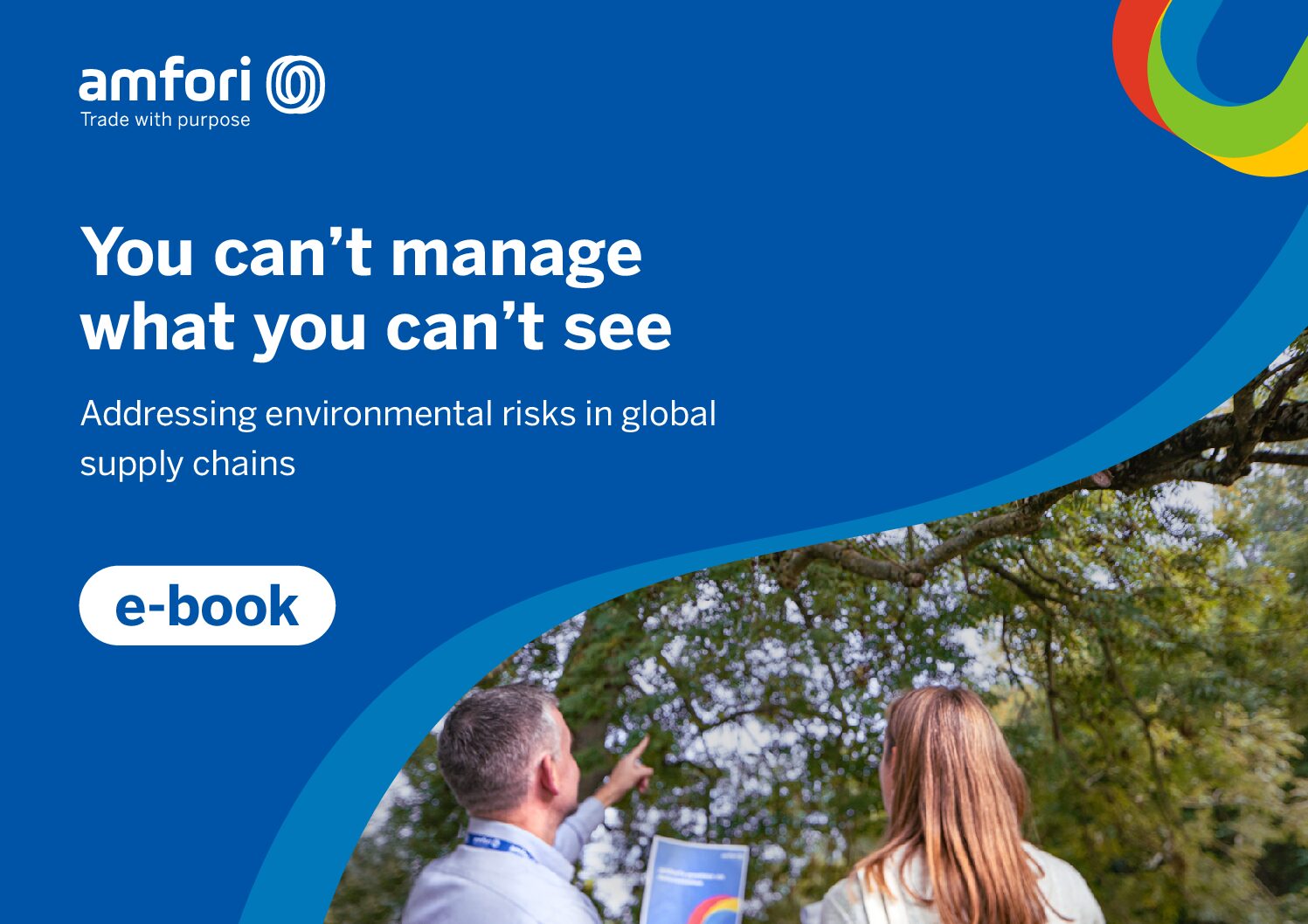
Environmental risk management has become one of the most complex and urgent priorities in modern supply chain management. As networks stretch across multiple countries and thousands of suppliers, the challenge of managing environmental risks grows exponentially.
The events of 2024, marked by severe droughts, water scarcity and catastrophic floods, revealed the true cost of disruption. A survey of 2,000 logistics professionals confirmed that climate-related extremes were among the most serious threats to supply chain stability last year. These events demonstrated how quickly vulnerabilities can escalate, amplified by geopolitical tensions, regulatory shifts, and climate impacts. In this volatile landscape, traditional risk management approaches are no longer enough. Businesses must embrace proactive, agile and adaptive strategies to remain resilient and competitive. The ability to anticipate and respond to these risks is no longer optional; it is a defining factor for resilience, credibility, and long-term success.
Key challenges in environmental risk management
- Modern supply chains span multiple countries and thousands of suppliers, making transparency and risk management a formidable task.
- Climate-related disasters, such as the floods in Spain in 2024, highlighted the vulnerability of supply chains, causing significant financial losses and delays.
- Many businesses lack insight beyond tier one suppliers, leaving hidden risks unmanaged.
- Investors, regulators and consumers are demanding greater transparency and accountability.
- New frameworks, such as the EU’s Corporate Sustainability Due Diligence Directive (CSDDD) and China’s carbon footprint standards, are raising compliance expectations.
Discover practical solutions with the amfori BEPI e-book
Unveil the environmental risks embedded in global supply chains in a clear and accessible way, with the amfori BEPI e-book “You can’t manage what you can’t see: Addressing environmental risks in global supply chains”.
The e-book explores the growing challenges of environmental risk management, recognising the increasing complexity and urgency of addressing these risks. It offers a practical guide to:
- Identifying and understanding environmental risks
- Implementing actionable strategies for effective risk management
- Building resilience through visibility and proactive measures
After all, you can’t manage what you can’t see.




